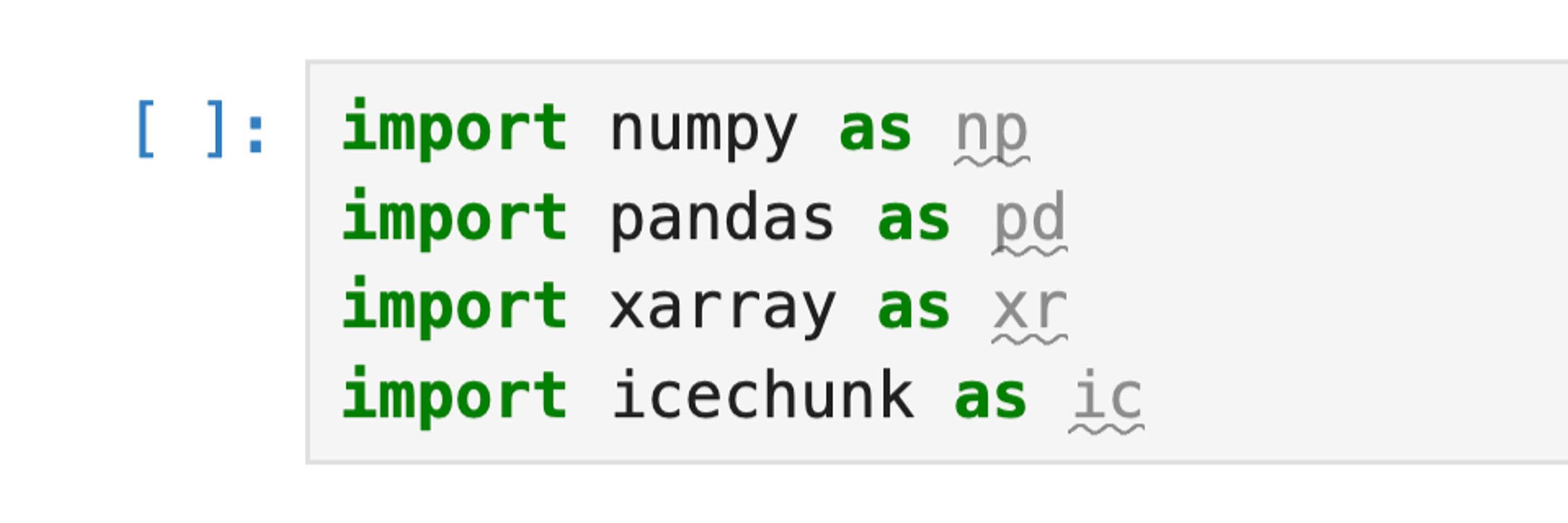
One of many xarray.dev core devs. https://tom-nicholas.com/
Previously dabbled in oceanography at [C]Worthy and Columbia Uni., originally did fusion plasma physics.
Evidence:
earthmover.io/blog/zarr-ta...

Evidence:
earthmover.io/blog/zarr-ta...
I’ve given this explanation to many people in the past (including at @cworthy.bsky.social), so I hope that this article can serve as a useful reference the next time someone wonders what @zarr.dev actually is.
I’ve given this explanation to many people in the past (including at @cworthy.bsky.social), so I hope that this article can serve as a useful reference the next time someone wonders what @zarr.dev actually is.
Whilst the Flux integrations today are established geospatial standards, you also see similar patterns in other fields such as Neuroscience.
Whilst the Flux integrations today are established geospatial standards, you also see similar patterns in other fields such as Neuroscience.
As it's not a stateful server like THREDDS, it won't catch fire under pressure.
This is what "Cloud-Native" architectures for scientific data look like.
As it's not a stateful server like THREDDS, it won't catch fire under pressure.
This is what "Cloud-Native" architectures for scientific data look like.
They just keep using the same GUI or tool or script that they prefer, and don't need any other services or copies of the data made bespoke for them - Flux does that on-demand!
They just keep using the same GUI or tool or script that they prefer, and don't need any other services or copies of the data made bespoke for them - Flux does that on-demand!
It sits in between your data and the consumers, springing up at a moment's notice to provide subsets of data however your users prefer it.
It sits in between your data and the consumers, springing up at a moment's notice to provide subsets of data however your users prefer it.

